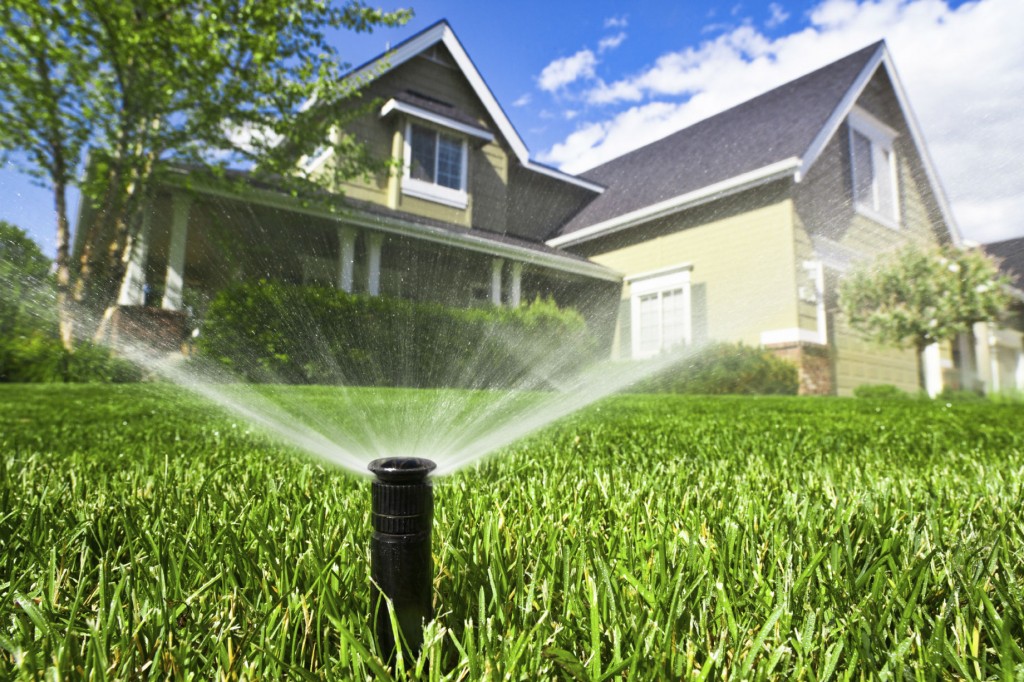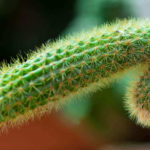
Deltona’s hot and humid climate is perfect for breeding many lawn diseases. The city’s proximity to many area lakes also creates the ideal growing conditions for fungus. Most people here choose St. Augustine or bermudagrass since they both grow well in warmer climates. However, a fungus isn’t picky about where it grows and can become quite a headache once it shows up on your lawn. Here are some tips for your lawn fungus prevention and treatment for Deltona homeowners.
Prevention
The best way to keep fungus from growing is to prevent it from arriving. It’s much easier to stop it from attacking your lawn than it is to treat after it takes hold.
1. Water in The Morning

Watering your lawn during the early morning hours will allow the grass to soak up moisture before the sun hits it and dries it out. Fungus, and other lawn pests and diseases love to grow in wet conditions. You can stop it by giving your yard a chance to dry out at least once a day. Also, note that some warm season grasses turn brown and go dormant during the winter making it unnecessary to water as well.
2. Mow to Optimal Height
St. Augustine and bermudagrass should be mowed to a height of 1-2 inches. Zoysia grass, another warm season variety, should be mowed to a height of 1 ½ -3 inches. Some Deltona lawns may also have a Fescue blend which should be kept at 3-3 ½ inches tall. The right height will deter weed growth and prevent the grass blades from becoming overly wet.
3. Feed It Well
Adding fertilizer and compost to your lawn is an excellent way to encourage strength during the growing season. Just like other living organisms, a healthy lawn that’s given proper nutrition will have a better chance of fighting off and surviving the threat of fungus. Adding nitrogen to the yard will help to ensure appropriate growth and compost will help strengthen the soil down at the root level.
4. Aerate & Dethatch

A Lawn that’s not absorbing the water or has an abundance of thatch is prone to fungus growth. Aerating your lawn every other year will allow nutrients to enter the soil near the root system. Thatch buildup consists of roots and plant material that’s slow to decompose and lies on top of the soil. Removing thatch before it becomes a breeding ground for fungus.
Treatment

Once fungus appears, it’s best to treat it quickly before it has time to spread. It’s important to identify the type of fungus so you can effectively get rid of it. Fungus can appear in ring shapes as well as square patches of dead grass. It can also appear as dark spots or have a rust-like color. Research common fungus in the Deltona area to find the one that is plaguing your lawn.
1. Remove Affected Area
Cutting out the infected grass, along with the roots, is your best bet when dealing with a fast-spreading fungus. Add new seed to these areas and heavily water them until fresh grass can take hold.
2. Apply Fungicides
If removing the infected grass areas don’t work, consider applying a fungicide to your lawn. Remember that fungicides are chemicals that should be used according to the package directions and can be toxic to pets and people. Use the chemicals sparingly and keep pets and children away from treated areas.
Need help tending to your lawn? Visit our Deltona lawn care page for more info!
Feature image source: Zillow.com





